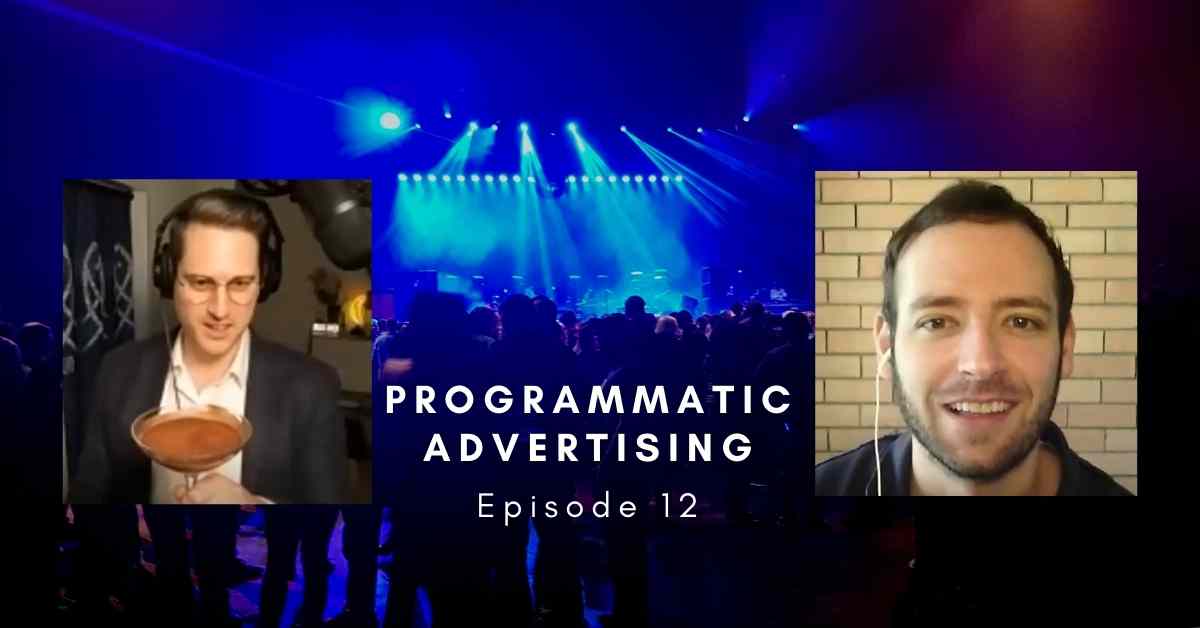
The Champagne Strategy Podcast – Episode 12 – Keaton Hulme Jones
5712 Views
With Google promising to roll out a new update to their Penguin search engine algorithm in 2016, it’s time to check your website optimization for best practices. More detailed script routines are making properly structured content more important than ever. Purely descriptive advertising copy is still necessary for product rankings, but whole website discoverability requires a more in-depth approach.
Keywords and key phrases have been steadily declining in ranking importance for some time now. Google and other search engines are focusing less on matching specific terms and more on locating high quality content. Not only are search engines getting smarter, but consumers are inputting more detailed search requests with better query structure. Content that closely matches the search request but does nothing to further develop the subject receives ranking downticks.
To locate and vet quality content, Google is using a crowd-sourcing approach that evaluates the level of participation on a website by parties other than the host. Positive feedback boosts a website’s ranking. This makes it more visible, which allows users who have positive experience to leave additional beneficial feedback. Communities such as forums often use internal uptick and downtick systems attached to individual posts. Where these are in place, Google takes them into consideration as well.
A blog that generated an RSS feed with frequent updates used to significantly boost search engine rankings simply by existing. With the proliferation of amateur content, Google’s search routines have started taking more than just frequency into account. Posting frequency is matched against the meta description of the blog to determine the type of content and relevance of the update schedule. General news feeds are expected to receive more frequent updates than niche market or special interest sites. Social media communities that generate ephemeral content receive very frequent updates, but these are assigned relatively little importance.
With the popularity of online archive sites, search engines have had to compensate for sites which may update less frequently but receive high traffic. In these cases, search engines can access the site’s own analytical records to get an idea of visitor traffic by using external links and link-backs. Content that leads the consumer to additional content receives upticks. When a site links to external content, the linked content receives a rankings boost.
Search engine marketing is still an exercise in communication. By making your content widely available and ensuring a high level of quality, evolving search engine routines will continue to rank your material highly.

